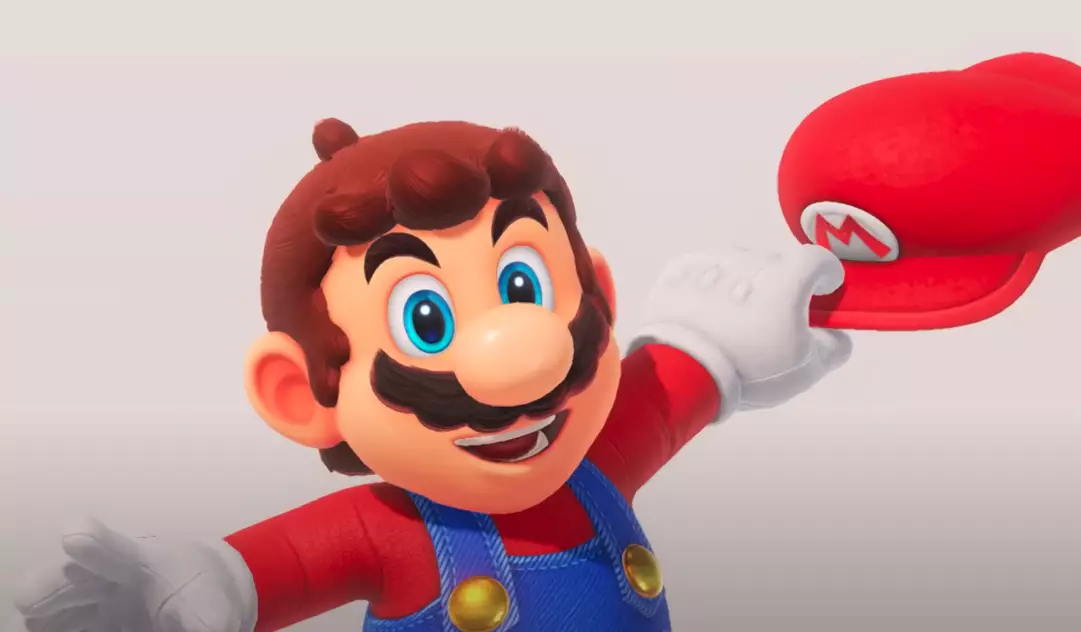In the vast world of video game design, the creation of iconic elements often stems from simple, everyday experiences. The tale of how the colorful pipes in Nintendo’s Mario franchise came into existence exemplifies this notion perfectly. Shigeru Miyamoto, the visionary behind Mario, revealed during a 2000 interview with Game Maestro, later translated by Shmuplations, that the concept was not part of the original game blueprint. Instead, it was inspired by a mundane moment; a walk down a street in Kyoto led Miyamoto to notice a plastic pipe protruding from a wall. This seemingly trivial discovery sparked a crucial design solution that became a hallmark of the Mario series—a metaphorical and literal pathway.
The ingenious idea emerged from a functional need within the game’s mechanics. As players maneuver through the levels, the design necessitated a way for enemies that fell off the bottom of the screen to reappear at the top. This challenge brewed the need for a visual representation of a transport mechanism, and the discovery of the plastic pipe showcased a clever solution to an otherwise tricky design hurdle. Thus, the warp pipe was born, inviting players to explore downward and upward through the game’s environments in a seamless manner.
Miyamoto’s insight into the setting of the games was equally compelling. He envisioned a world akin to New York City, rich with underground tunnels reminiscent of the natural habitats of many of Mario’s foes—turtles, crabs, and flies. This connection to real-world geography added depth to the gameplay, embedding a sense of familiarity for players without Miyamoto having visited New York himself. His vision of an “underground tunnel” state not only created a rich backdrop for the adventures but also facilitated innovative gameplay mechanics that invited exploration.
In retrospect, such thematic coherence indicates Miyamoto’s foresight as a game designer. By establishing a narrative that mimicked the labyrinthine and hidden parts of a city, he allowed players to suspend their disbelief and immerse themselves in a world that felt alive and persistent. The fact that the game took place in a “New York-ish kind of place” reflects Miyamoto’s ability to translate complexity into accessible and engaging gameplay, allowing players to forge a conceptual connection with their surroundings.
Interestingly, the design choices that followed in the inception of Mario’s pipes are equally noteworthy. Perhaps one of the most pointed inquiries that arise is why green became the predominant color for these iconic pipes. While Miyamoto admitted that he couldn’t pinpoint the exact motivation behind this choice, he did share that early video game limitations heavily influenced their aesthetic. With a limited palette available, certain colors were chosen for their vibrancy and appeal. Green, especially when used in varying tones, provided a visually stimulating element that made it a practical choice for the game’s environment.
Moreover, the decisions made during this initial design phase reverberate through the industry even today. The concept of objects emerging from pipes was logically established early on, allowing game designers in subsequent years to explore similar ideas in their own projects. This gentle reminder of the foundational elements of game design speaks to the evolution of creativity within the medium, as originality stems from adaptation and ingenuity.
As we stand at a juncture on the brink of technological advancement in gaming, fans of the Mario franchise remain excited about future iterations. Although Nintendo has not announced any new Mario titles as of yet, speculation heightens with the impending launch of the much-anticipated Switch 2. The potential for new games on this platform beckons—much like the beloved warp pipes that continue to define Mario’s adventures.
The journey of Mario’s pipes from an outdoor discovery in Kyoto to a defining feature of an indelible franchise underscores how creativity often flourishes in real-world experiences. As we look ahead, the legacy of Miyamoto’s original design choices invites both nostalgia and anticipation, reminding us of the simple beginnings from which creativity can spring forth, ultimately shaping the landscape of video gaming as we know it today.

